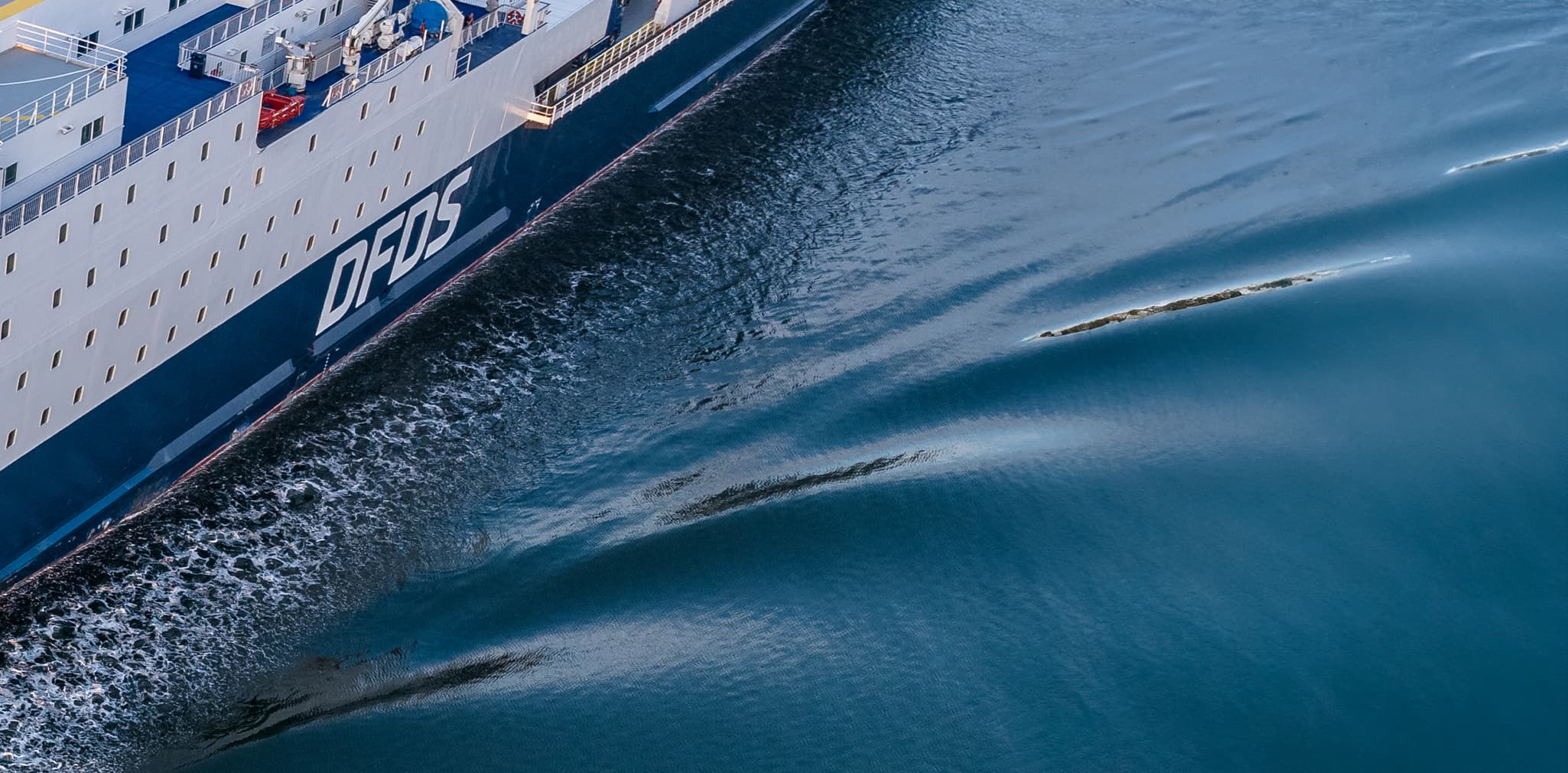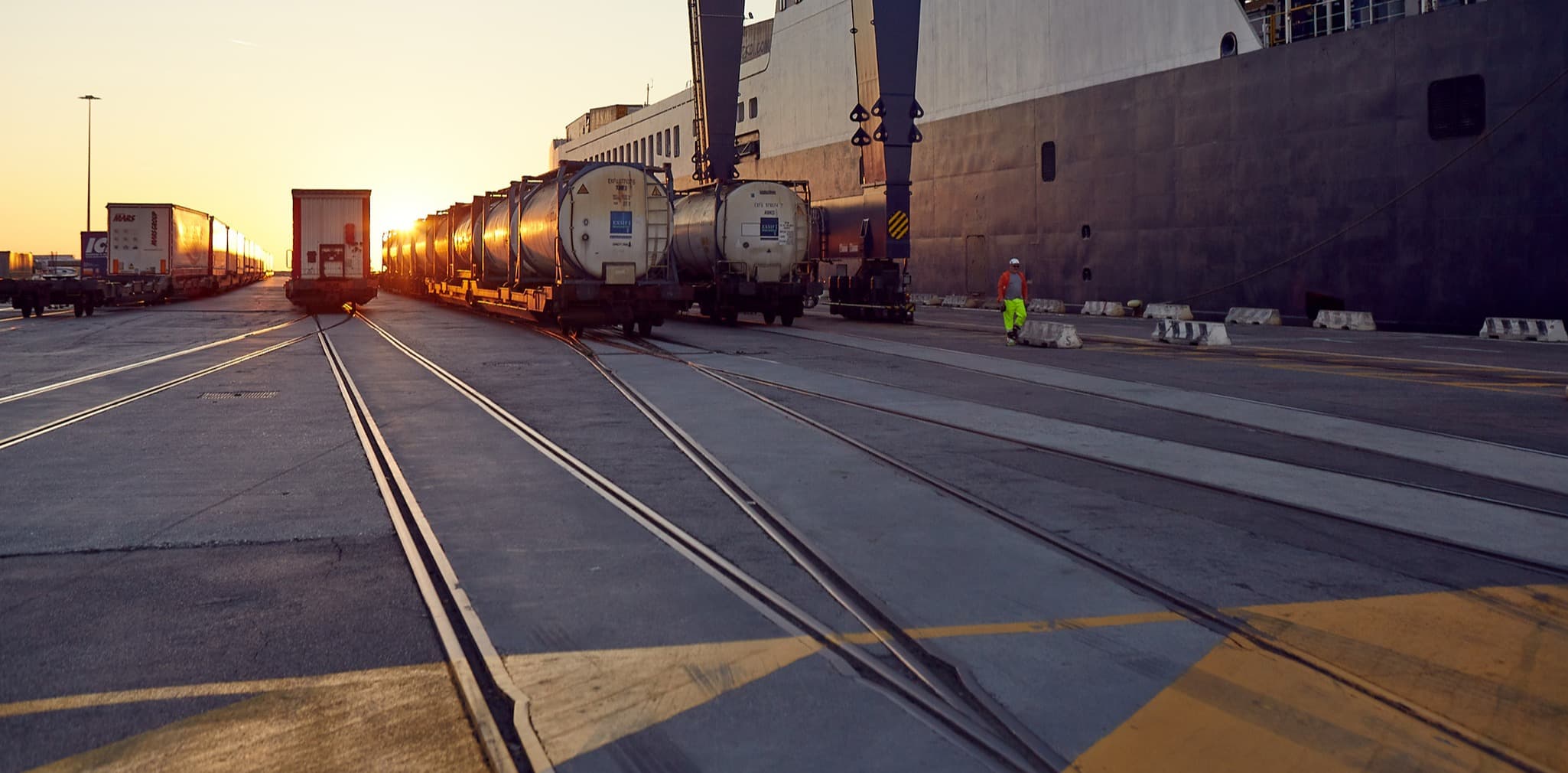The EU Emissions Trading System

Shipping regulations under the EU Emissions Trading System (ETS)
With the 2030 Climate Target Plan, the Commission raised the EU's ambition to reduce greenhouse gas emissions to at least 55% below 1990 levels by 2030. While maritime transport plays an essential role in the EU economy and is one of the most energy-efficient modes of transport, it represents 3 to 4% of the total CO2 emissions for the EU. To significantly reduce greenhouse gas (GHG) emissions caused by international shipping, the EU implemented a number of legislative regulations.
What does the ETS mean for shipping companies? Since 2024, shipping companies operating between ports in the EU/EEA have paid annual EU Allowances (EUAs) for greenhouse gases (GHG) emissions. Emissions are reported and verified by the EU monitoring, which over time will cover more emission types, ship types and sizes.
What is the aim of adding shipping to the EU Emissions Trading System? The Emissions Trading System (ETS) aims to create a financial incentive for shipping companies to reduce their GHG Emissions in accordance with EU’s aim of being climate neutral by 2050 (e.g. running an economy with net-zero greenhouse gas emissions).
Scope and coverage phases
ETS will continue to cover commercial ships transporting cargo or passengers* above 5,000 gross tonnage (GT).
ETS will still cover 100% of emissions on voyages between EU/EEA ports and 50% of emissions on voyages between a EU/EEA port and a non-EU/EEA port.
*ETS cost will be split between freight & passenger
What ETS means for our customers
The costs of compliance with ETS are significant and will impact our operations, costs, and contractual agreements.
As with past regulations, we will introduce a surcharge to the market, to cover the increased costs implemented by the EU. Customers will therefore be subject to a standalone surcharge from January 1st, 2024.
What’s new in 2026? In 2026, ETS will cover 100% of shipping emissions and incorporate FuelEU Maritime compliance costs. It is expected that UK ETS for the maritime industry will be implemented from July 2026. The UK ETS scheme is similar to the EU ETS scheme, but in 2026 it is expected to only include domestic UK routes and emissions while in UK ports. Read more about the UK ETS for the maritime sector here.
ETS charges will continue to be adjusted monthly, reflecting forecasted freight volumes and emissions for each route.
The FuelEU Maritime regulation and its link to ETS
The FuelEU Maritime regulation (FEUM) is a complementary regulation to the EU ETS that aims to reduce greenhouse gas emissions in the shipping industry by setting maximum limits on the yearly greenhouse gas intensity of the energy used by a ship.
The limits will increase over time, from reducing greenhouse gas intensity by 2% in 2025, to as much as 80% by 2050. This is meant to stimulate and reflect the expected developments in technology and the increased production of renewable and low-carbon fuels. The new rules also introduce an additional zero-emission requirement for ships at berth, mandating the use of onshore power supply (OPS) or alternative zero-emission technologies in ports.
Like ETS, FEUM will apply to vessels above 5,000 gross tonnage that call at EEA ports, no matter what flag they fly (EU/non-EU). The FEUM will cover:
- 100% of the energy used from ships calling at an EU/EEA port for voyages within the EU/EEA (intra-EU)
- 50% of the energy used from voyages to or from EU ports (extra-EU/EEA)
- 100% of the energy used when ships are at berth in EU/EEA ports.
Under FEUM, ships will be allowed to pool their compliance balance with one or more other ships. In this scenario, it will be the pool as a whole that must meet the greenhouse gas intensity limits on average – rather than each individual ship.
Read more here.

Decarbonisation solutions
You can now reduce your CO2e Scope 3 emissions and receive a certificate for your climate action reporting with DFDS Decarbonised Solutions.

Rail freight transport
Our rail solutions integrate seamlessly with our road and sea transport solutions to help businesses save time, cut costs and reduce carbon emissions.

Our journey towards net zero
At DFDS we are committed to respond to the climate emergency and accelerate our journey towards net zero. Our goal is to become a net zero emitter by 2050.